How long do pickleballs last? A comprehensive guide
The game of pickleball has gained immense popularity over the years, appealing to players of all ages and skill levels. One common question that arises among enthusiasts, whether they are beginners or seasoned experts, is about the lifespan of pickleballs. In essence, the duration that these balls last can vary significantly depending on several factors, including their quality, type, how frequently they are used, the surfaces on which they are played, and environmental conditions. Understanding these variables is essential for optimizing your playing experience and maintaining performance levels. This article will examine the factors affecting the longevity of pickleballs, helping players make informed decisions about when to replace their equipment.
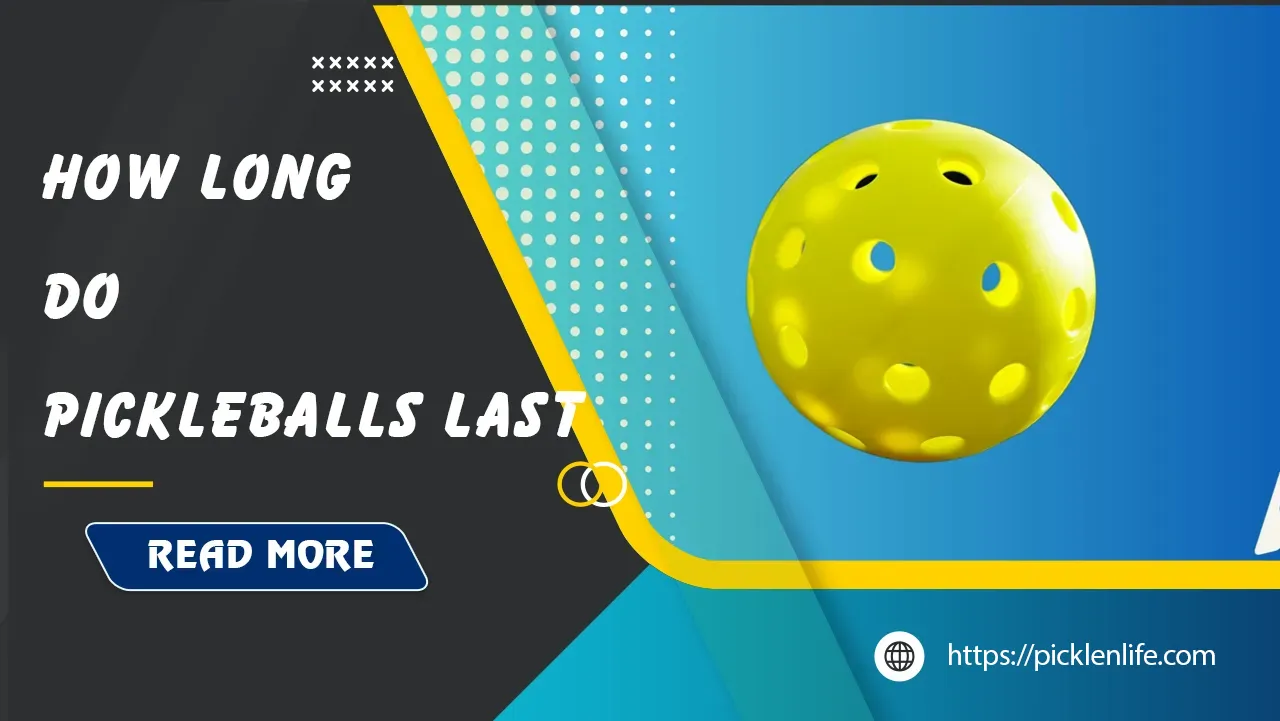
How Long Do Pickleballs Last?
A pickleball ball typically lasts 4 to 5 games before it starts to lose its shape and bounce. While it may still be suitable for practice, it should be replaced for regulated games or tournaments. The ball’s longevity depends on factors like playing surface, player force, and spin. Indoor balls tend to last longer than outdoor balls, which are more prone to wear due to rough surfaces and weather conditions.
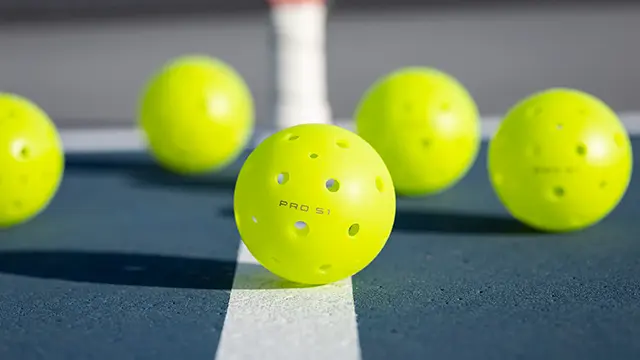
Understanding pickleball ball lifespan
The lifespan of a pickleball is not static; it fluctuates based on a multitude of factors. For instance, both the skill level of the players and the type of court used can impact how long the balls last. Indoor courts usually offer a smoother playing surface, while outdoor courts can be more abrasive. Additionally, the climate plays a crucial role. High heat, humidity, or extreme cold can all affect the performance and durability of the ball.
Factors affecting durability
From the skill level of the players to the type of surface on which the game is played, various factors influence how long pickleballs last. More experienced players, often referred to as “bangers,” tend to hit the ball harder, which could contribute to quicker wear and tear. Conversely, “dinkers,” or players who employ a softer touch, could extend the life of their pickleballs.
One factor often overlooked is the skill level and style of play, which significantly influences the rate of degradation. Players who engage in frequent, intense games should expect to replace their balls more often than casual players. This brings us to the different types of pickleballs available in the market.
The anatomy of a pickleball
The construction materials and design of a pickleball play crucial roles in its longevity. Typically, pickleballs are made from durable plastics or composite materials. Indoor balls tend to use a softer plastic that provides excellent control and a softer feel but is less durable. Outdoor pickleballs, on the other hand, are crafted from harder materials, which allow them to withstand harsher conditions. The manufacturing process also impacts durability; for example, rotational molded pickleballs are considered sturdier compared to those made through injection molding.
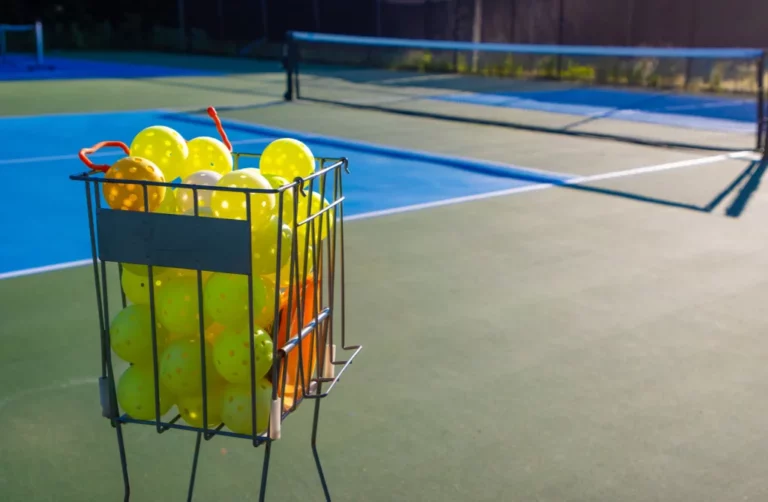
Types of pickleballs
- Indoor Pickleballs:
- Lifespan: Approximately 4-5 games.
- Type: Made with softer materials for smooth surfaces.
- Brands: Reputable brands include Onix and Jugs, known for their quality.
- Outdoor Pickleballs:
- Lifespan: Typically last 1.5-2.5 hours based on usage.
- Type: Constructed with a thicker wall and tougher materials to endure rough conditions.
- Example Models: Dura Fast 40 and Onix Pure 2 are popular choices among players.
Understanding these differences allows you to select the right type of ball based on your playing conditions, thus maximizing lifespan and performance.
Factors influencing pickleball lifespan
The environmental conditions play a considerable role in determining how long a pickleball can last in your gear bag. Extreme temperatures can lead to significant variations in the ball’s integrity. High heat can soften outdoor balls, causing them to wear out faster, whereas cold temperatures can make them brittle, leading to cracking.
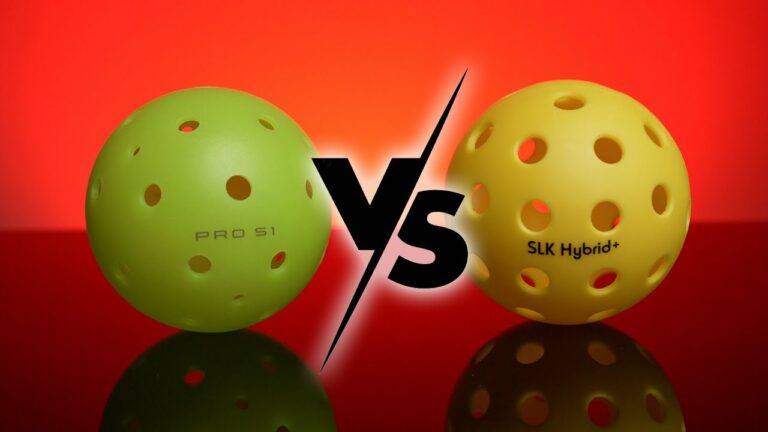
Keeping track of wear-down signs
Knowing when it’s time to replace your pickleballs can save you from poor performance mid-game. Here are some signs to watch for:
- Deformation: If the ball has flat spots or is no longer round, a replacement is in order.
- Visible cracks: These can compromise both bounce and integrity, rendering the ball unfit for play.
- Loss of bounce: A notable decrease in bounce suggests that the ball may have lost its elasticity, often due to extended use.
- Discoloration: As balls age, their colors may fade, indicating degradation.
- General wear and tear: Scratches or surface damage can also hint that a change is necessary.
Taking the time to monitor these factors will not only improve your gameplay but also enhance your overall experience on the court.
Storage and maintenance tips
Proper storage and maintenance can have a significant impact on the lifespan of your pickleballs. Storing them in a cool, dry location away from direct sunlight and extreme temperature fluctuations is vital. Here are additional tips to keep in mind:
- Temperature control: Always avoid storing balls in hot cars or exposed locations.
- Cleaning: Regularly clean your pickleballs to remove dirt and grime, using a damp cloth for gentle care.
- Indoor storage: Keeping balls in an indoor or controlled environment offers better longevity.
By paying attention to proper storage practices, you can prevent premature degradation, ensuring that your pickleballs remain in optimal condition for extended periods.
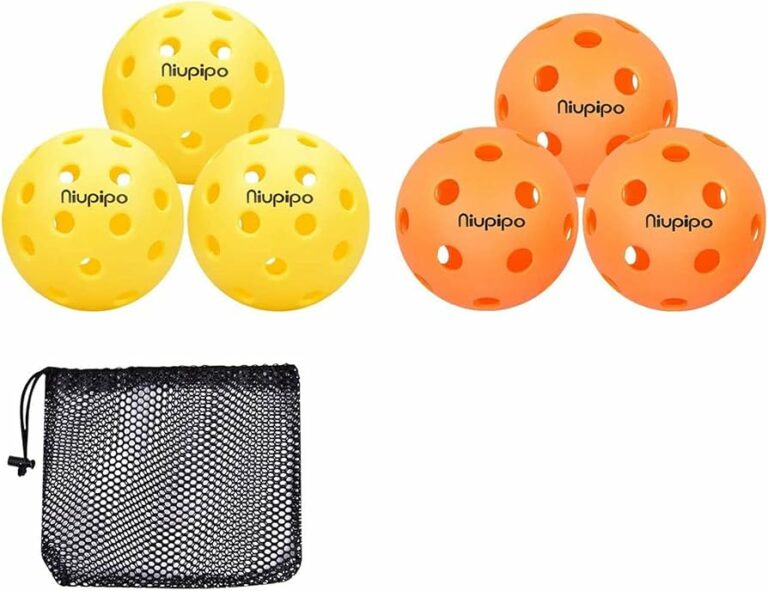
How weather impacts pickleball performance
The influence of weather on pickleball dynamics cannot be understated. Rain, humidity, and wind all play roles in modifying how pickleballs react during play.
Environmental conditions to consider
- Heat: High temperatures can soften balls and decrease their bounce and speed.
- Cold: Extreme cold can harden balls, making them more brittle and more prone to breakage.
- Humidity: Excess moisture can add weight to the balls and may change their slippery texture, affecting control.
- Wind: Wind can significantly impact the trajectory, speed, and bounce of the ball, making outdoor play more challenging.
Understanding these weather-related factors can inform your selection and usage of pickleballs, particularly for outdoor games.
Cost analysis: pickleball pricing and bulk buying
When it comes to selecting the right pickleballs for your game, cost considerations are an essential part of the decision-making process. The price of pickleballs can range widely, typically falling between $1 to $10 or more each, depending on their quality and brand.
Bulk buying benefits
- Cost Efficiency: Purchasing in bulk often offers savings, making it a wise investment for regular players.
- Consistent Performance: Using the same brand ensures similarity in performance across balls.
By evaluating your budget and playing needs, you can make informed choices about which balls will best fit your playing style and how often they must be replaced.
Brand comparisons: durability and performance
The pickleball market is filled with various brands, each offering unique features that affect durability and performance. Here’s a quick comparison of some popular brands:
| Brand | Type | Lifespan | Durability | Notes |
|---|---|---|---|---|
| Dura Fast 40 | Outdoor | 1.5-2.5 hours | High | Known for reliability outdoors. |
| Onix Pure 2 | Outdoor | 1.5-2.5 hours | High | Excellent for competitive play. |
| Franklin X-40 | Indoor/Outdoor | 4-5 games | Medium | Versatile but mid-range durability. |
| Pro S1 | Indoor | 5-6 games | High | Popular for its balance. |
| Jugs | Indoor | 5-6 games | Medium | Affordable yet effective. |
Each brand has its own strengths and weaknesses, and understanding these differences will help you choose the best pickleballs for your individual playing circumstances, enhancing both performance and enjoyment.
The science behind pickleball degradation
Like any sport equipment, pickleballs also go through a degradation process, typically caused by molecular breakage in the polymers used in their make-up.
Understanding degradation
As pickleballs are used, the polymer chains that compose them can begin to break down, leading to stiffness reduction and damping. A simple test conducted on Franklin X-40 balls indicates that for each hour of play, you might expect a reduction of about 10% in ball stiffness. This scientific understanding emphasizes the importance of regular inspections.
Knowing how materials break down helps players grasp why worn balls lose bounce and how performance may fluctuate as the ball ages.
Addressing the content gaps
It is essential to note that beginners might not face ball-breaking issues until they level up their skills and start playing with more intensity. For those just starting out, focusing on technique rather than equipment durability can be key.
Environmental impact and sustainability
As with any product, it’s crucial to consider the environmental implications. Responsible disposal and recycling options should be sought to minimize the ecological footprint of discarded balls. Encourage recycling and contribute to sustainability efforts within the sports community.
Understanding the “feel” factor how players perceive performance can also play an essential role in the selection process. Color can affect visibility and perceived performance, especially outdoors, where contrast against the background can influence gameplay.
Conclusion
In summary, the lifespan of pickleballs can range from a few games to several months, significantly influenced by factors like type, quality, usage frequency, and environmental conditions. By monitoring your equipment for signs of wear and maintaining proper storage, you can greatly enhance their durability and performance. Regular checks and considerations like playing surface, climate, and brand choice will allow you to maximize your game while minimizing downtime on the court.
